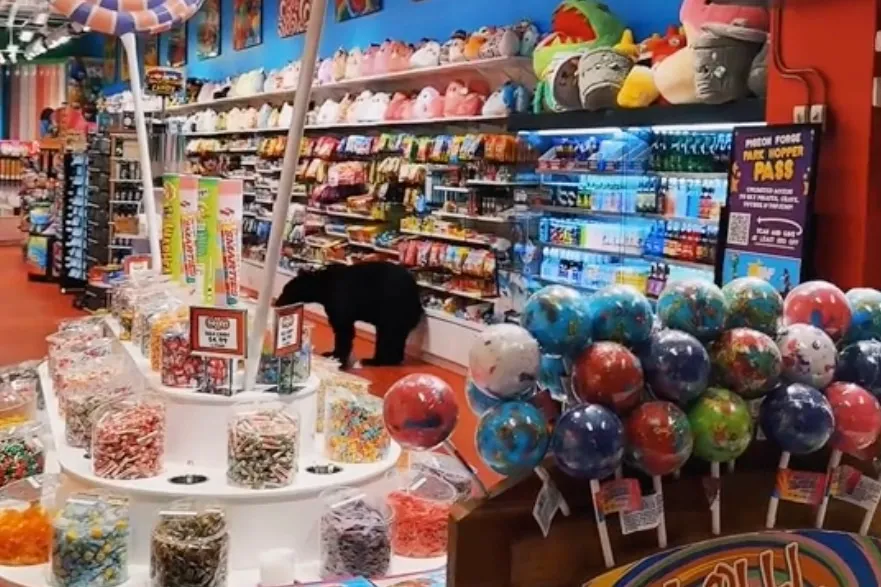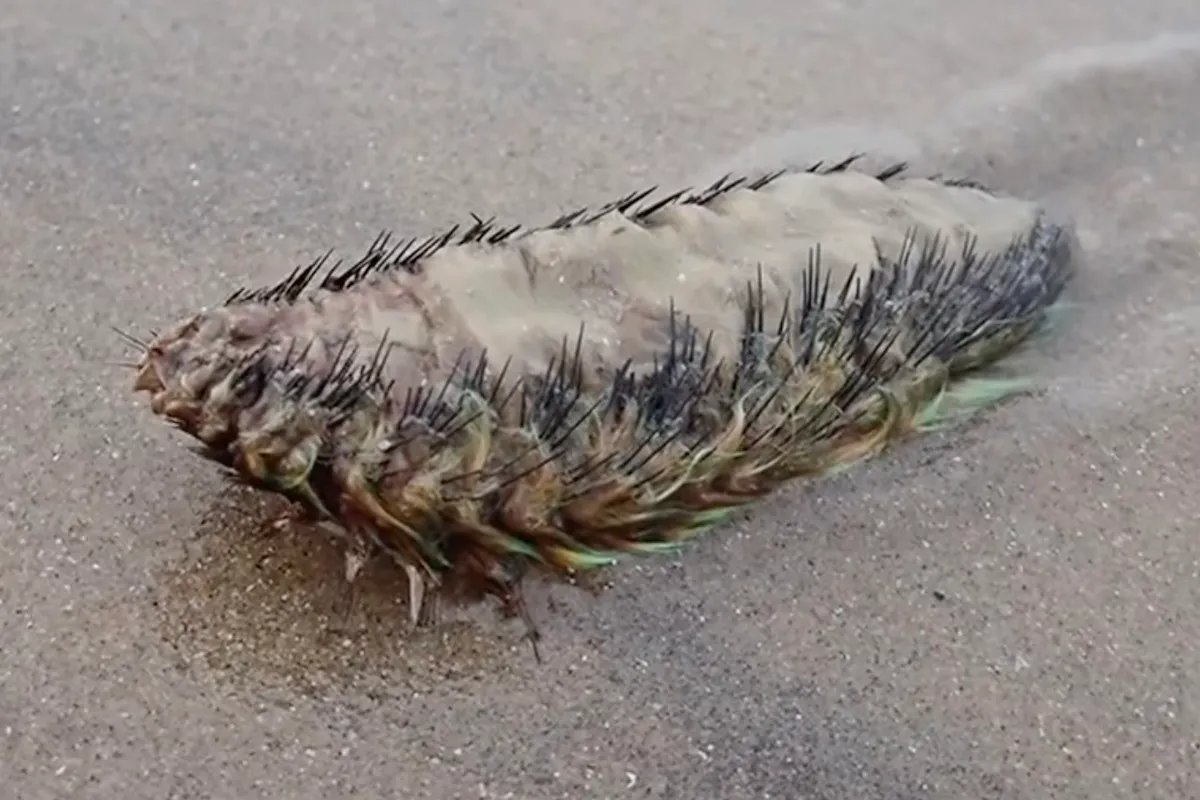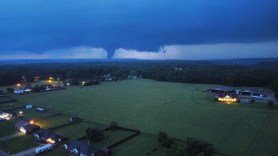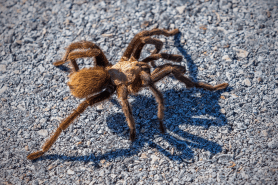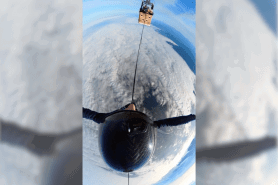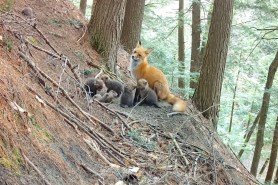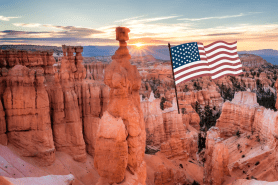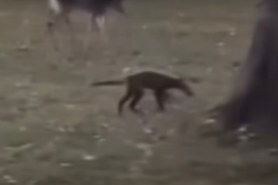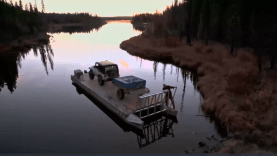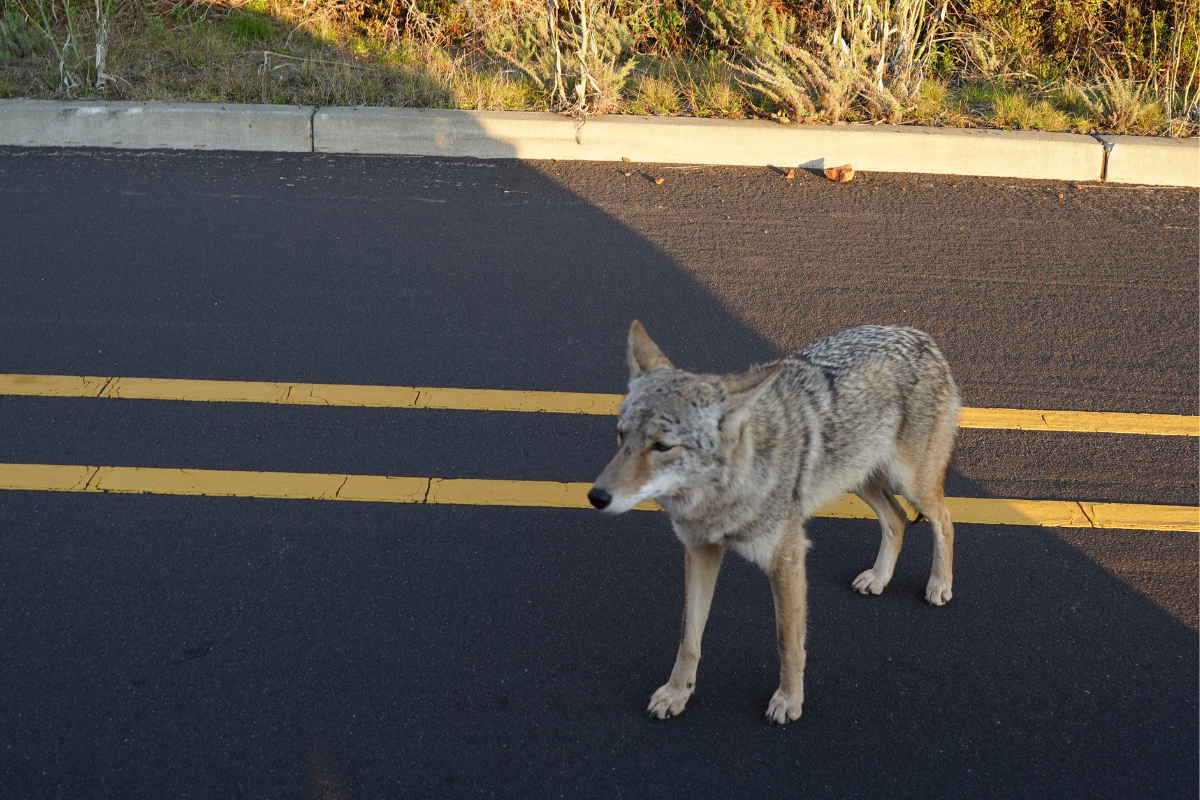

The recent death of a coyote in Death Valley National Park is serving as a reminder to anyone who visits a national park.
Videos by Outdoors
A new press release says a coyote was hit by a vehicle and killed on Christmas Day, but what makes it more significant is the fact the animal was well known in the area for begging for food.
“We tried hazing it away from the road by shooting it with a paintball gun and pepper spray,” said Superintendent Mike Reynolds. “The only thing the coyote learned was to stay away from park rangers.”
Whether you’re in California’s Death Valley or any other national park, there are things to keep in mind to keep people and wildlife safe. Here’s a closer look.
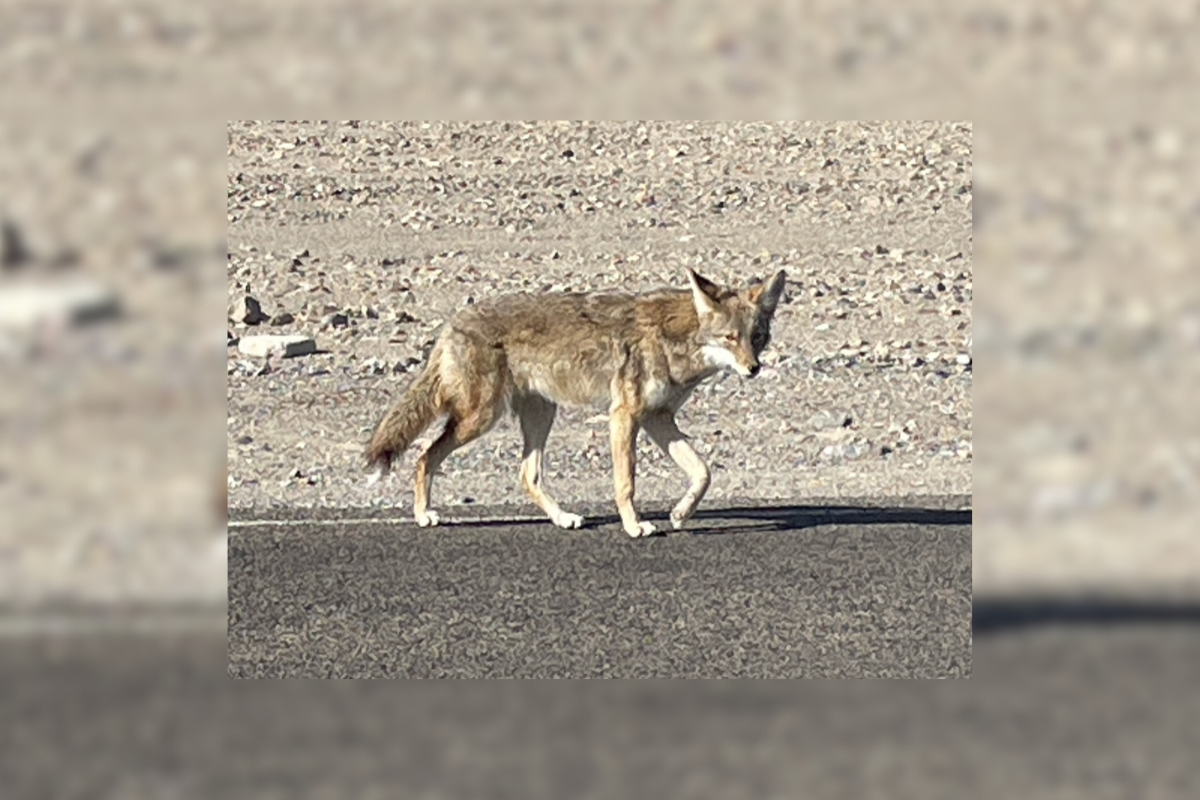
Avoiding Feed Animals
Feeding wildlife is illegal in national parks. The practice, unfortunately, teaches the animal to associate people with food. This conditioning often leads to issues with wildlife getting too close to humans, becoming a risk both to itself and to people. In some of these situations, wildlife officials must euthanize animals.
In this recent incident of a Death Valley coyote, officials say the animal would cross the road when cars were coming. Park rangers say they’ve seen this practice before. By blocking the road, people tend to stop and sometimes feed the animal.
Properly storing food is also essential. Dozens of videos online capture bears opening car doors because they smell snacks inside, so it’s best to lock your doors, use bear canisters (not just for bears but for other wildlife as well), and dispose of trash properly.
Drive Slowly
In this recent Death Valley incident, a driver collided with a coyote, killing the animal. This case isn’t the first time an accident involved an animal in the park. In October last year, a motorcycle and a vehicle collided when a driver braked to avoid hitting a tarantula.
Whether it’s to protect wildlife or guests, driving slowly in wilderness areas is essential. Vehicles often line roadways at popular sites, and trails can occasionally cross roads. So, by driving slowly, you’re protecting not just wildlife but other visitors, too.
Here are a few road hazards that Shenandoah National Park says visitors need to be aware of, which are also issues in many other natural areas:
Steep Grades
In some parks, roads have steeper grades than usually found on highways. Your speed while driving downhill can increase more than you expect if you’re not paying close attention.
Unforgiving Road Shoulders
Road shoulders are narrow in some places, which allows meadows or forest edges to grow close to the pavement. This standard adds to the natural beauty of a national park but may require extra attention.
Built-in Distractions
Wildlife, wildflowers, bicyclists, and extraordinary views are all part of a drive through a national park, but they can also create hazards by taking drivers’ attention away from the task at hand.
Limited-Sight Distances
Just as there are few straight lines in the natural world, many national park roads were designed with gentle curves and not many straight sections. Take it slowly and carefully.
Speed Limit Changes
Be aware of varying speed limits, as the speed may adjust for more curvy areas or areas with more wildlife.
